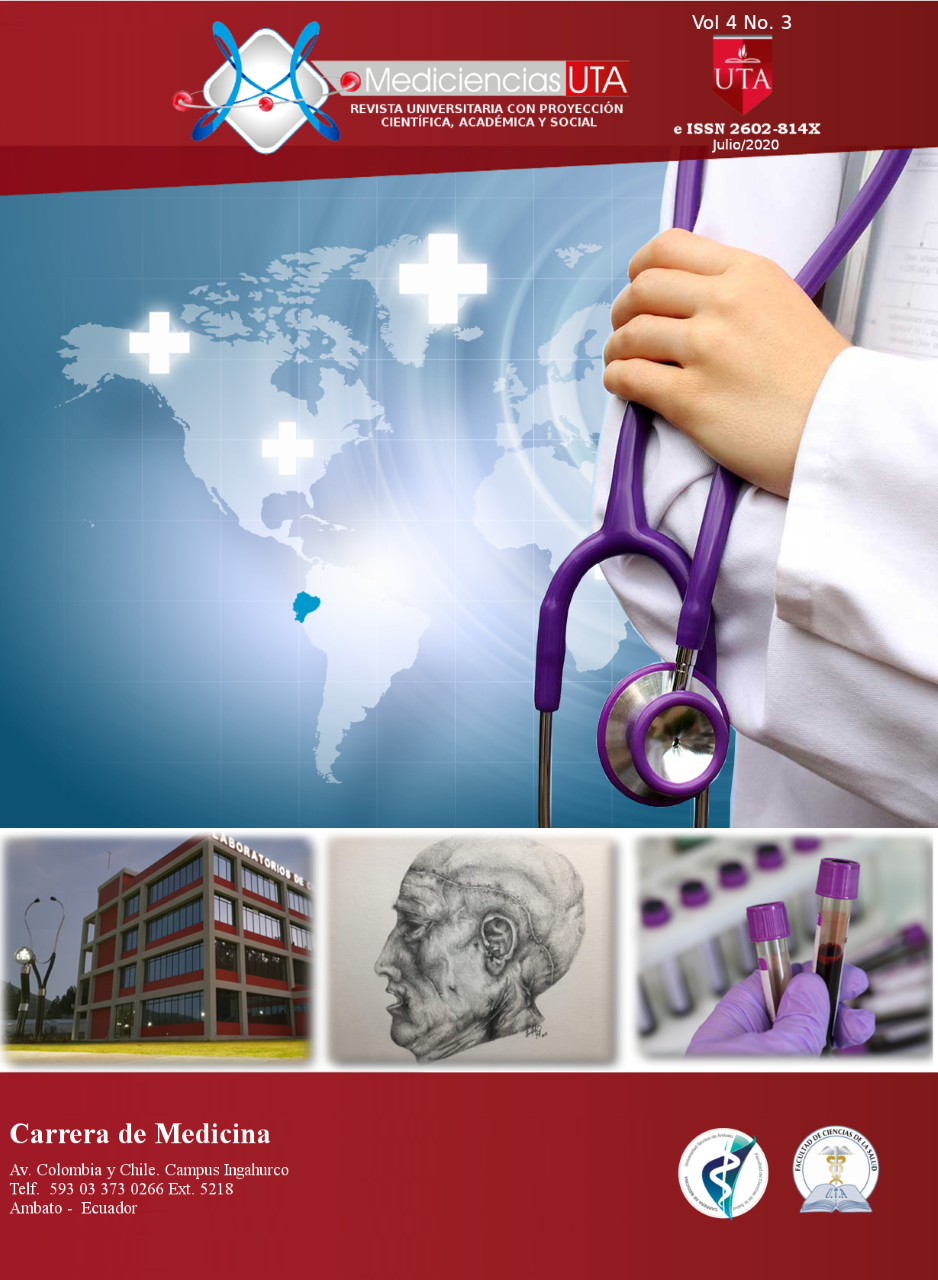Dolichomegacolon
Main Article Content
Abstract
Introduction: Altitude dolichomegacolon has been a little studied entity, despite being relatively common in
our environment, which is why it is also called Andean colonic disease, its chronic evolution and its probability
of developing obstructive and ischemic complications make it a significant pathology. Sigma volvulus is a
consequence of dolichomegacolon that occurs in more than 40% of patients who have not been treated in time
and require special management.
Objective: Describe a case of dolichomegacolon undergoing laparoscopic sigmoidectomy.
Material and methods: Retrospective descriptive study, clinical case presentation.
Results A case of dolichomegacolon undergoing laparoscopic sigmoidectomy is described. This is a 70-yearold
patient who presented a chronic case of constipation and abdominal distension of more than 20 years of
evolution, who presented with repeated severe abdominal pain, for which he received pharmacological
treatments, with magaldrate, simethicone, and laxatives, among others, and diet modifications, foods rich in
fiber and fructose were added, carbohydrates decreased, etc. With the objective of alleviating the obstructive
symptoms, he was never operated on despite the fact that he was hospitalized on 2 occasions, since he was
managed only with evacuating enemas without further improvement in the symptoms. Because such an
advanced progression of the disease was allowed, it was complicated with a sigma volvulus that had no
vascular compromise, but needed surgical resolution, after the case analysis, after complementary diagnostic
studies and in controls with Internal Medicine. He decides to schedule a surgery to give a definitive solution
to the pathology.
Conclusions: The main complication of the Andean dolichomegacolon is the volvulus. Andean
dolicomegacolon volvulus represents 54% of intestinal obstructions and 78% of colon diseases in the Andes
region. Most of this complication requires surgical resolution to alleviate the symptoms of the patients and
avoid the development of comorbidities associated with the time of evolutio



